
Cat breeds come in a wide variety of colors and patterns, including white cats. Pure white cats are fairly rare in the general cat population, as they require a gene that hides every other possible coat color and pattern in a cat's genetic makeup.
These cats can have short or long coats and be a single breed or a mix. They also tend to have light-colored eyes. If you're looking to adopt one of these striking felines, here are 10 breeds that produce white cats.
American shorthairs, the pedigreed version of domestic shorthairs, are friendly, easygoing cats that come in dozens of colors and patterns—white cats included. These cats tend to be adaptable to various living situations. They enjoy spending time with their favorite humans, but they're also good at entertaining themselves with interactive toys.
Height: 8 to 10 inches
Weight: 10 to 15 pounds
Physical Characteristics: Athletic build; short, dense coat
With its big eyes and prominent cheekbones, the Devon Rex has a somewhat cartoonish appearance. Its short, wavy coat can come in white, along with a variety of other colors. These cats tend to be active and playful. Their friendly nature often makes them a good fit for families with children and other pets.
Height: 10 to 12 inches
Weight: 8 to 10 pounds
Physical Characteristics: Large ears; slender neck; prominent eyes
The European shorthair is one of the most common and oldest cat breeds in Europe. Besides white, the breed features a range of coat colors and patterns and typically has amber, blue, or green eyes. These cats are generally affectionate, playful, and intelligent, and they do well in various environments.
Height: 12 to 14 inches
Weight: 8 to 15 pounds
Physical Characteristics: Muscular, stocky body; short, dense coat; round face
Known for its thick, long coat, the Maine coon comes in many color and pattern combinations, including solids, tabbies, and tortoiseshells. Traditionally, Maine coons are brown tabbies. These cats tend to be friendly and laid-back. Most find it easy to get along with everyone, including children, strangers, and other pets.
Height: 10 to 16 inches
Weight: 10 to 25 pounds
Physical Characteristics: Muscular build; thick, heavy coat
The slender, athletic Oriental can come in many different colors, including white cats. These cats are typically quite lively, chatty, and personable, and they love attention. Some can become so attached to their favorite humans that it can be very difficult for them to adjust to losing a family member.
Height: 8 to 10 inches
Weight: 6 to 12 pounds
Physical Characteristics: Sleek body; angular head; large ears; almond-shaped eyes
White has become the coat color most associated with Persians, though they can come in a variety of other colors and patterns. Their long, flowing coats are fairly high-maintenance, requiring daily brushing to remove tangles and mats. Persians are generally sweet, easygoing lap cats that prefer quiet and predictable environments.
Height: 8 to 10 inches
Weight: 7 to 12 pounds
Physical Characteristics: Long coat; short, stocky legs; large, round eyes
Also referred to as “foreign white,” pure white Siamese cats lack the classic darker-colored “points” on the ears, face, legs, and tail. Moreover, all Siamese kittens are born white, developing darker colors as they grow. These cats love their families and prefer to be the center of attention. They’re also quite vocal and will let their humans know when they want something.
Height: 8 to 10 inches
Weight: 8 to 10 pounds
Physical Characteristics: Sleek body; almond-shaped eyes; wedge-shaped head
Strong and agile, Siberians possess three layers of dense fur and come in a wide variety of colors and patterns. Their thick coat is fairly low-maintenance, requiring brushing a couple of times a week, though they do have periods of heavy shedding. Siberians like adventure, so expect them to climb all over your home as they play and explore.
Height: 9 to 11 inches
Weight: 10 to 20 pounds
Physical Characteristics: Stocky build; dense coat
The Turkish Angora is a natural breed that can be traced back several hundred years in Turkey. These cats are commonly pictured as white but can come in black, blue, red, and more colors and patterns. They tend to be energetic and assertive, and they need ample interactive play to keep them happy.
Height: 8 to 10 inches
Weight: 7 to 14 pounds
Physical Characteristics: Muscular body with long legs; thick coat; almond-shaped eyes
Most Turkish Vans are primarily white with color on the head and tail. They are typically active cats that like to jump, run, and play. And they are known for enjoying swimming. Most are not particularly fond of being held, but they do appreciate petting and being near their favorite humans.
Height: 9 to 11 inches
Weight: 7 to 20 pounds
Physical Characteristics: Agile, muscular, long body; semi-long coat

Cute Pictures & Facts About Calico Cats & Kittens
Learn fascinating facts about calico cats, including photos, the genetics behind this color combination, and common folklore and traditions.
How to Prevent Cat Separation Anxiety During Vacations
Discover why cats develop litter box problems and cat behavior problems when you go on vacation and what you can do about it to help them.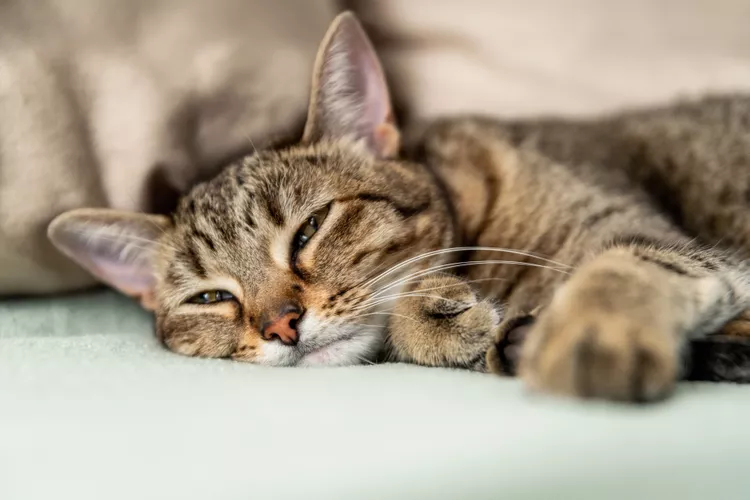
Cat Behavior Changes That Might Mean Something's Wrong
Cats' behavioral changes may indicate problems—or they may mean nothing at all. Explore causes of odd behavior and what to do about them.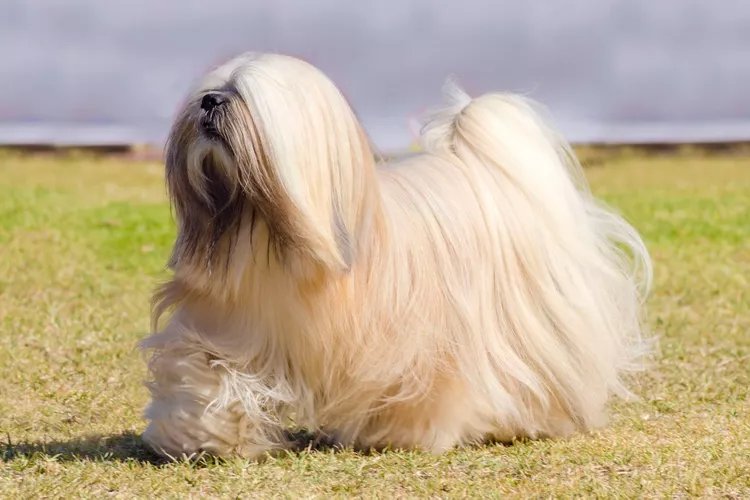
Lhasa Apso: Dog Breed Characteristics & Care
The Lhasa apso is an ancient breed from Tibet that was bred to be a watchdog. Learn about its history, health, exercise needs, and more.
Reasons Why Dogs Run Away and How to Stop It
Dogs can escape, especially if they’re bored and not properly contained. Here are some techniques for stopping your dog from running away.
Can Dogs Get Depression? How to Help Your Sad Dog
Can dogs get depression? Learn about the signs of depression in dogs and find out how to help your sad dog.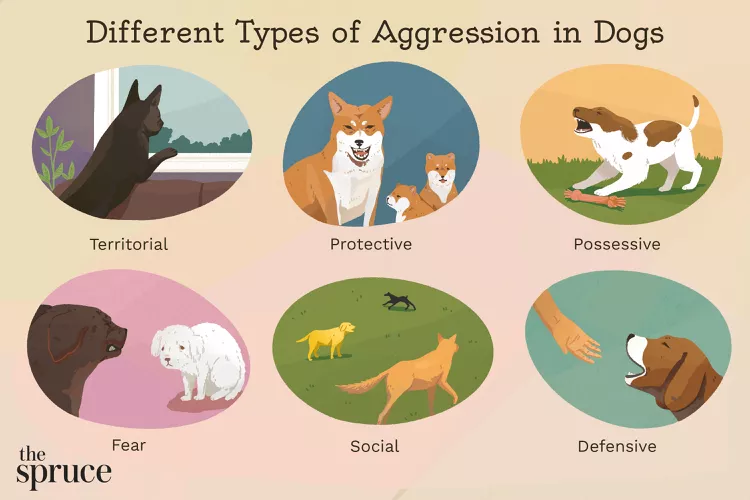
How to Stop Aggression in Dogs
Dog aggression can be a serious behavior issue for pet owners. Learn how to stop aggression in dogs before someone gets hurt.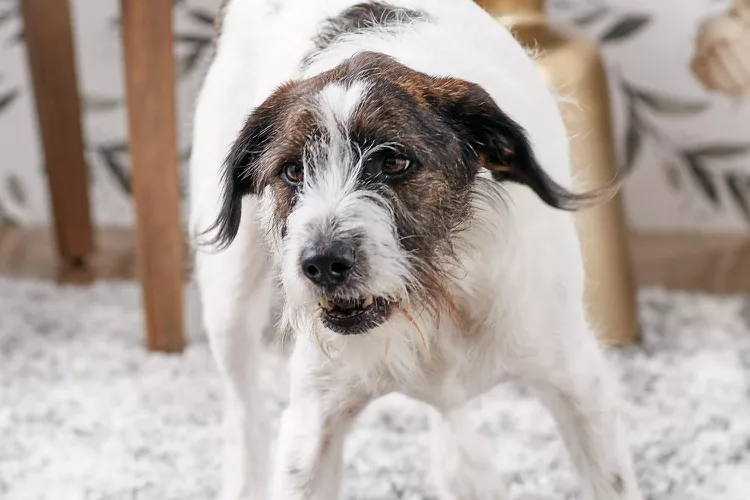
How to Stop Your Dog From Growling
A growling dog can soon become even more aggressive. Reduce the noise and potential for a dangerous situation with some of these techniques.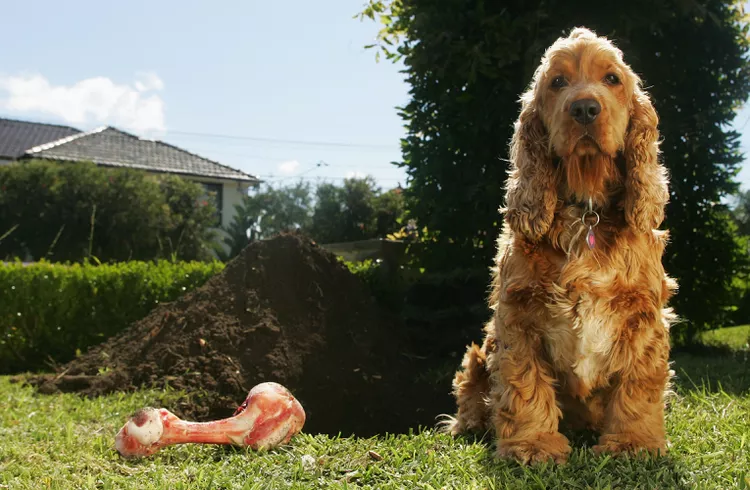
Why Do Dogs Dig Holes? How to Stop Your Dog from Relandscaping Your Yard
Dogs have been digging holes for centuries and for many reasons. Whether they’re bored or want to cool off in the dirt, here are the top reasons why dogs dig holes.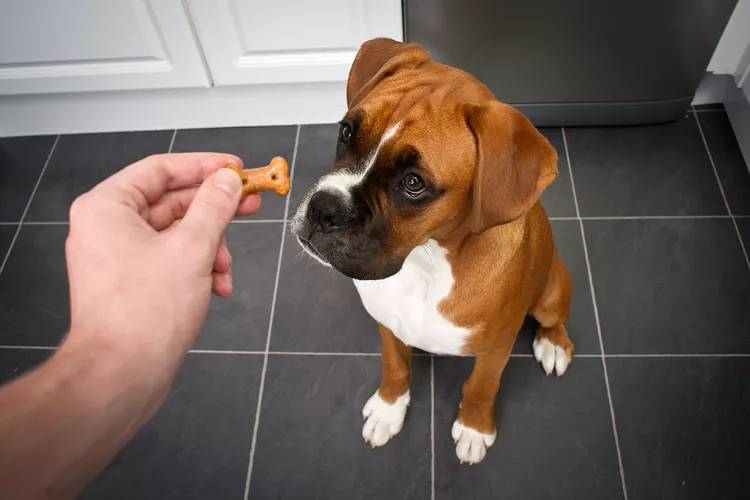
Dog Treat Varieties
Learn about the different types of dog treats on the market and decide which are best for your dog.
Can Dogs Eat Asparagus?
Dogs can eat asparagus, provided the vegetable is cooked plain and cut up for them. Seasonings, salt, and butter make it unhealthy for dogs.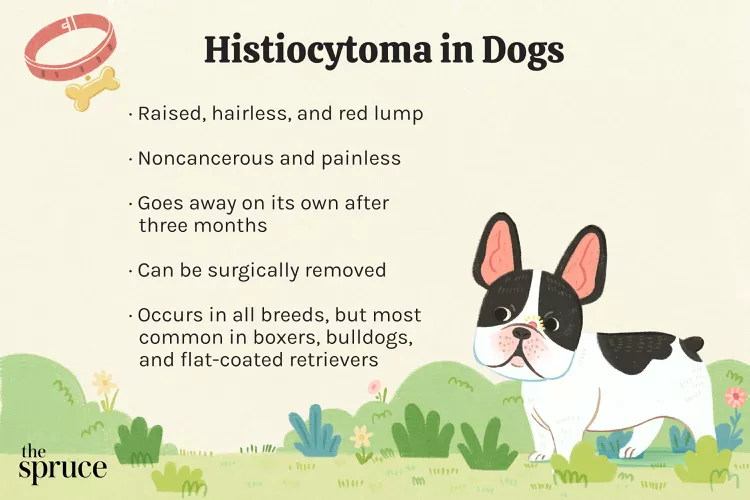
Histiocytomas in Dogs
A histiocytoma is a type of benign (non-cancerous) skin lump that usually affects young dogs. Learn the causes, treatment, and prevention.
Why Is My Dog’s Eye Swollen?
If your dog's eye is swollen, she may need veterinary attention. The inflammation could be caused by allergies, an injury, or even a tumor.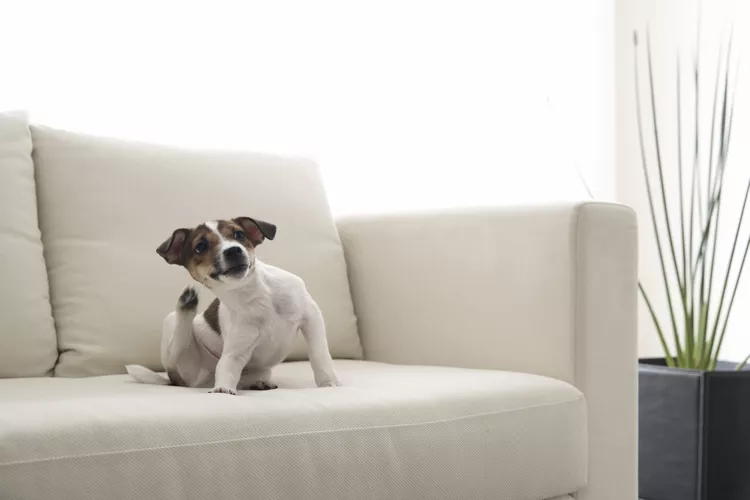
Common Bugs and Parasites Found on and Inside Dogs
Learn about common types of parasites in dogs. Find out how to treat and prevent parasites to keep your dog, your family, and yourself safe.
Exploring the Different Types of Pet-Friendly Beaches
Are you looking for pet-friendly beaches? Learn about the different types of pet-friendly beaches, their locations, and tips for visiting them with your pet.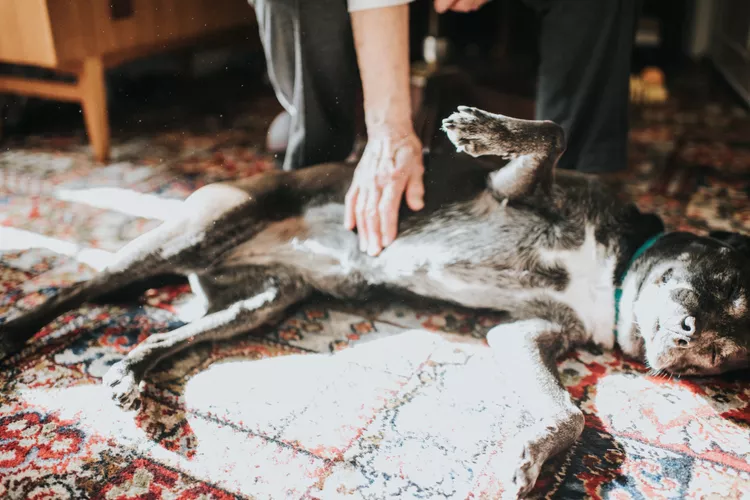
10 Obscure, Little-known Canine Facts in Honor of National Dog Day
With National Dog Day upon us, it's time to celebrate everything about our favorite pets—even the weirder stuff. Here are 10 obscure facts about dogs you probably didn't know.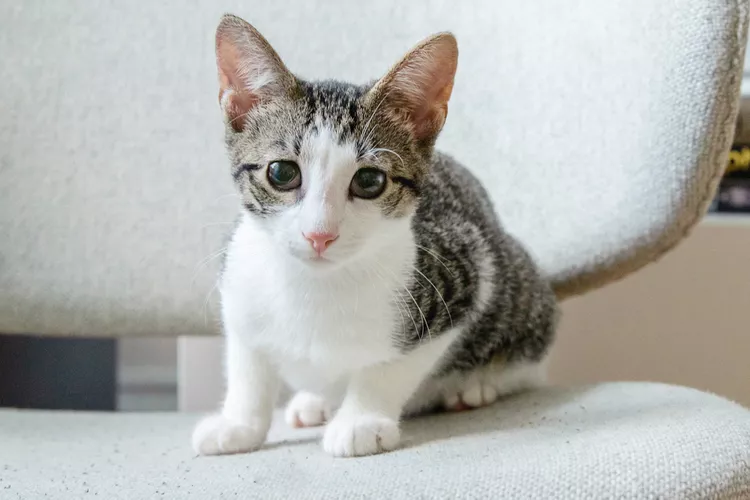
Kitten Development From 3 to 6 Months Old
Kittens grow and change a lot during their first year. Find out what happens between the ages of three months and six months old.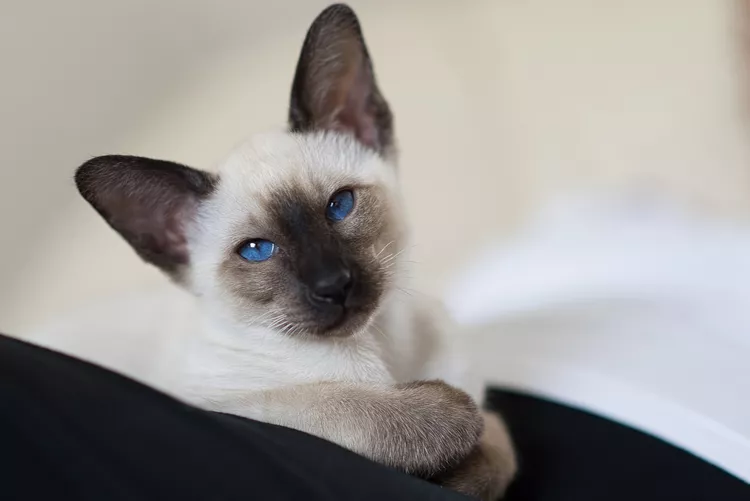
95 Siamese Cat Names
Our list of Siamese cat names has diverse and fun options to help you choose the ideal moniker for your elegant and lovable feline companion.
What to Buy for Your New Cat: A List of Essentials
Before you bring your new cat or kitten home, there are a number of things to collect or buy so your cat will feel welcomed like a family member.
The 6 Best Cat Nail Clippers of 2024 for a Safe Trim
Clipping your cat's nails can save your furniture and keep your kitty comfortable. We asked veterinarians for their cat nail clipper recommendations.